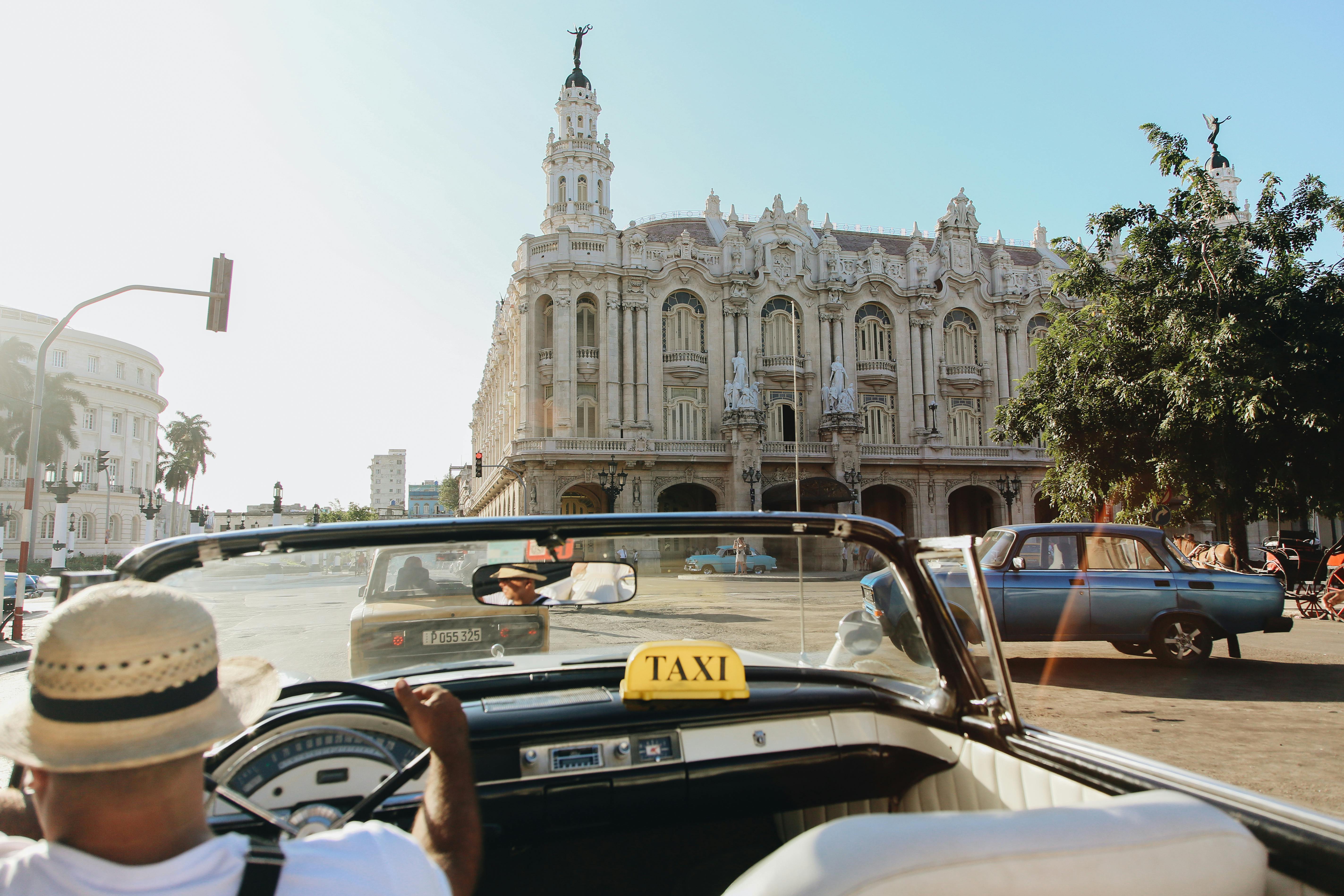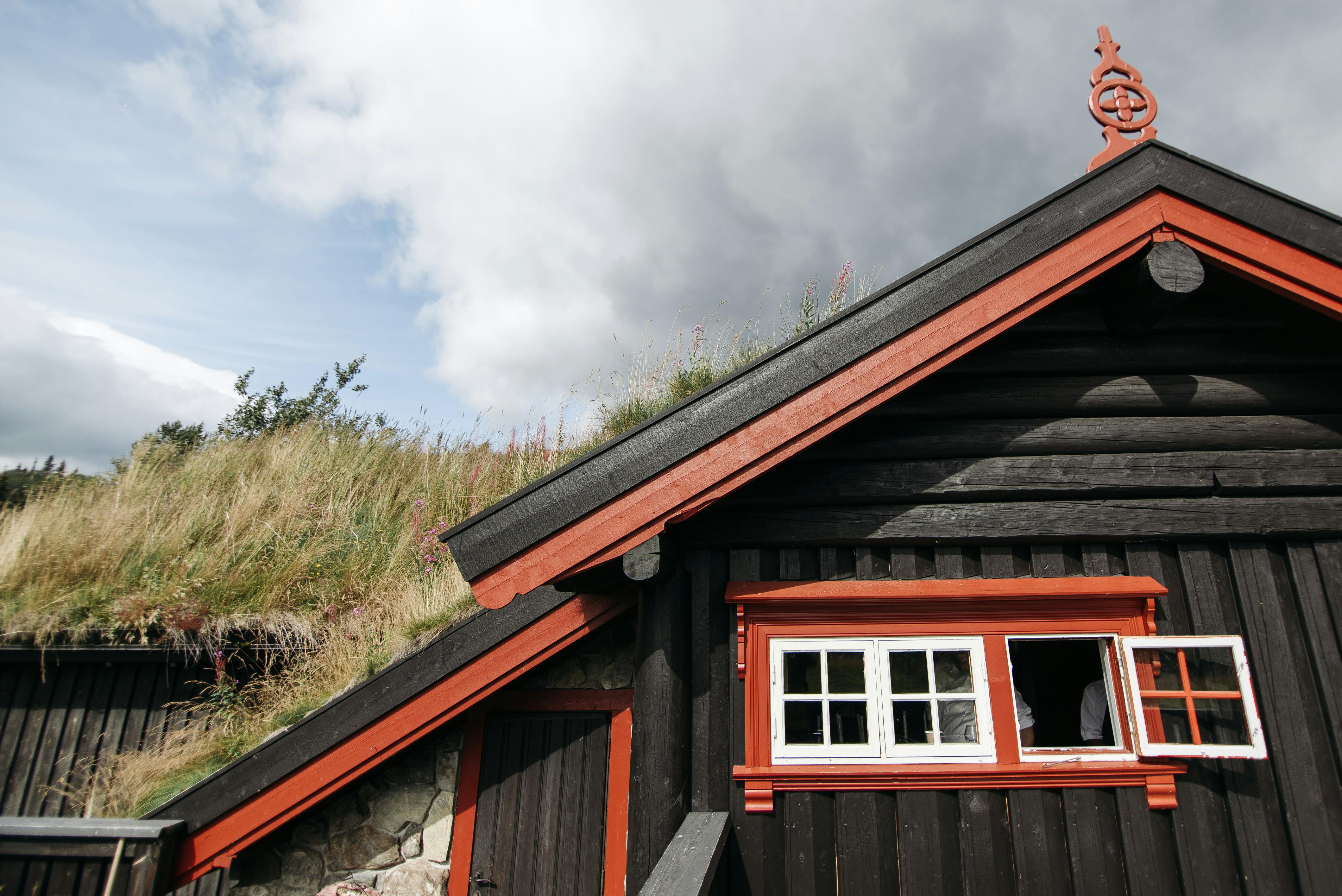Pseudotropheus elongatus it has always been one of my favorite African cichlids.
Perhaps it’s the graceful torpedo shape that cuts through the aquarium waters, unlike most other types of fish that are built much more like… well, fish! Or possibly the bright vertical striped colorations, usually blue and black, are what appealed to me in the first place, and they keep me spellbound as they swim. There are a few other morphs and colorations that come into the trade as time goes on, but the blue and black bars of an alpha male will always be my favorite pattern for this fish.
Chances are it’s the way they carry themselves with pure attitude, right from the start, that makes them so memorable. They are rarely intimidated and usually end up being the fish to worry about when new additions are added. They are already kings and queens and they will make sure that the rest are aware of their status. An alpha male who patrols the aquarium and makes sure everyone else flees when he’s around is a sight I can watch for hours.
Like many other Mbuna from Lake Malawi, the elongatus has evolved as a mouthbrooder. Although this form of parental behavior is not unique to this species, it is fascinating to watch. I have had established aquariums where many generations live and thrive in the same tank. Father, son, grandson, great-grandson, and even more generations, all grow and prosper together over time and interbreed with each other, if allowed.
Unlike life bearers who simply leave their babies somewhere and go, rarely recognizing them later as anything other than food, the entire cichlid family provides some form of nurturing behavior. South American cichlids share duties with both parents, often guarding the eggs where they have been laid. They then continue to protect the young as they hatch, and then start swimming. For most species, this is a job for both the male and female of the pair, and for this reason, many species form long-term bonds.
Mbuna, or African cichlids, generally take this protection a step further, keeping the young inside the female’s mouth until the fry are free-swimming and can fend for themselves. Unlike many others that form pairs, it seems that the female takes responsibility for the fry and the pairing will go much smoother. It is important to understand this as after courtship and egg laying, the female cannot eat for up to three weeks to avoid accidentally ingesting the precious cargo she carries in her mouth. The male does not share these duties, and may even be working with another female during this period.
Elongatus, like most African cichlids, is more difficult to sex, and to compound the problem, there are extreme discrepancies in sex ratios for many Mbuna species. There are usually many more females than males born and raised to maturity. It is often best to buy these fish, as unsexed juveniles in schools of 6 or more, that way you should get at least one viable pair when they mature. This also helps control the aggressive tendencies of the fish and keeps them more occupied with each other establishing territory and dominance in the group rather than hitting the other species in the tank.
Once grown, the males are generally larger than the females. The egg patches on the anal fins are often more intensely colored for females, offering better visual targets for males in breeding rituals. As a species they are very aggressive, even to African Mbuna, but with enough distractions they just add a lot of activity to the aquarium. Do not buy these fish if you are looking for a peaceful and placid aquarium community.
The living room should be as large as possible, my personal minimum being a 30 gallon aquarium for them. The decorations should be basically rocks, usually the flatter and more stackable ones are the best. I have had more success with lots of slate that is piled up in such a way that there are all sorts of little spaces and channels for the babies, once they have been released from the mother’s mouth. They need to quickly find swimming spots and trails where larger fish mouths just can’t go. Rocks should be stacked at the back of the aquarium with open free swimming areas at the front. I also tend to offer some caves or other hiding places up front that often become the sole property of the alpha male of the tank.
Some people have had success with live plants with the Africans, or so they say, but I’ve always found that if they don’t eat them, they’ll dig them up, so I’ve always gone back to rock decorations only.
I keep the tank at a relatively high pH, although it’s nowhere near the Hans Baensch – p 756 – Baensch Aquarium Atlas recommendation, which is 8.5. My fish do well in Montreal standard water, between 7.6 and 7.8. The water is supplemented with an African Cichlid conditioner to increase hardness and stabilize alkalinity, but other than that no other work is currently being done on the characteristics of the water.
I do very little in the way of exotic foods. Most African Cichlids do very well on the various prepared foods available at your local pet store. Cichlid pellets, either floating or sinking, are usually sufficient, although I also give them some basic flakes. At present the food I have is a small micropellet for cichlids sinking for the tank of essentially juvenile Africans. The pellets seem to sink pretty quickly in one spot, so the addition of scales allows them all to feed on other levels of the aquarium.



